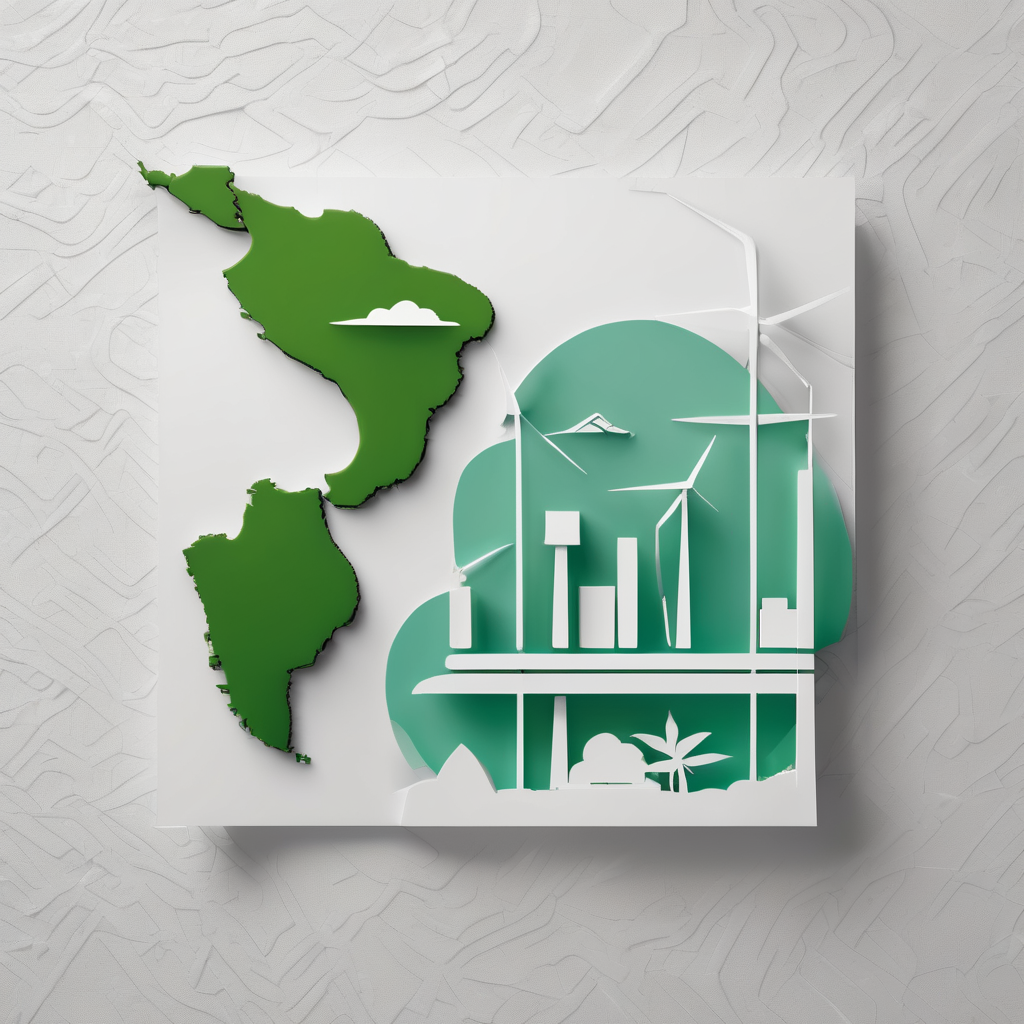The Asian Development Bank (ADB) has launched a robust initiative to bolster disaster resilience throughout the Pacific region. This initiative introduces innovative financial instruments and collaborative partnerships aimed at supporting island nations as they prepare for and recover from the increasingly frequent natural disasters that impact the area.
During the 2nd Pacific Disaster Risk Management Ministers Meeting in Palau, ADB representative Samantha Cook highlighted a concerning trend: Pacific nations often face successive disasters before fully recovering from previous ones. “While you’re still recovering from the last event, the next one happens,” Cook pointed out, illustrating the region’s vulnerability to both natural hazards and climate change.
To address this critical issue, the ADB has developed a Disaster Risk Management Action Plan emphasizing risk reduction, enhanced preparedness, and the timely availability of funding during emergencies. Efforts are underway to increase investments in resilient infrastructure, revise building codes in Palau and Vanuatu, and lead a regional study assessing how these codes can contribute to improved resilience.
In partnership with the Pacific Community (SPC), the ADB is also undertaking a Pacific Risk Assessment Study designed to make vital data on disaster risks more accessible and actionable for governments. The bank’s Crisis Response Toolkit, which offers emergency financing options, includes a Debt Deferral Clause allowing Pacific nations to postpone loan payments for up to two years following significant disasters, thereby freeing essential resources for recovery efforts.
Cook stressed the necessity of incorporating feedback from Pacific nations into these programs, saying, “We need your input to ensure a more resilient and prosperous Pacific.” The ministerial gathering brings together Pacific leaders, development partners, and regional organizations with the aim of strengthening collaboration in disaster preparedness and recovery.
Ministers are reflecting on progress since the inaugural meeting in 2022, adopting new strategies to integrate disaster risk management with the 2050 Strategy for the Blue Pacific Continent. A key outcome of the meeting is the endorsement of the Pacific Humanitarian Response Coordination Mechanism (PResCoM), which is designed to enhance coordination and expedite assistance during disasters. Additional priorities include improving early warning systems, ensuring water security, and establishing humanitarian warehouses across the islands.
The proactive measures showcased at this ministerial meeting exemplify the determination of Pacific nations to enhance their leadership in disaster risk management. By focusing on local strategies and collaborative action, there is a hopeful outlook for greater resilience in the face of ongoing climate challenges. With continued innovation and cooperation as foundational elements of their approach, Pacific nations are making significant strides towards ensuring a safer and more secure future for their communities.
